Developing a Marketing Mix and Budget for MUJI's Expansion in Vietnam
VerifiedAdded on 2024/04/24
|8
|1418
|68
Report
AI Summary
This report outlines a marketing mix and budget strategy for MUJI's expansion into Vietnam. It details the four Ps of marketing: product, price, promotion, and place, tailored to the Vietnamese market. The product strategy emphasizes maintaining MUJI's simple design and leveraging its 'No Brand' approach. The pricing strategy suggests an initial 'Opening discount pricing strategy' followed by competitive pricing. Promotion focuses on social media advertising campaigns and participation in trade fairs. Place strategy involves opening stores in populous areas like Hanoi and Saigon. The proposed marketing budget allocates resources to primary and secondary research, digital marketing, trade fairs, and promotional materials, with an initial aggressive marketing strategy to drive early sales. The report estimates the break-even point requires selling 13,500 products, assuming an average product price of $12 and a target profit margin of 10%.
1 out of 8
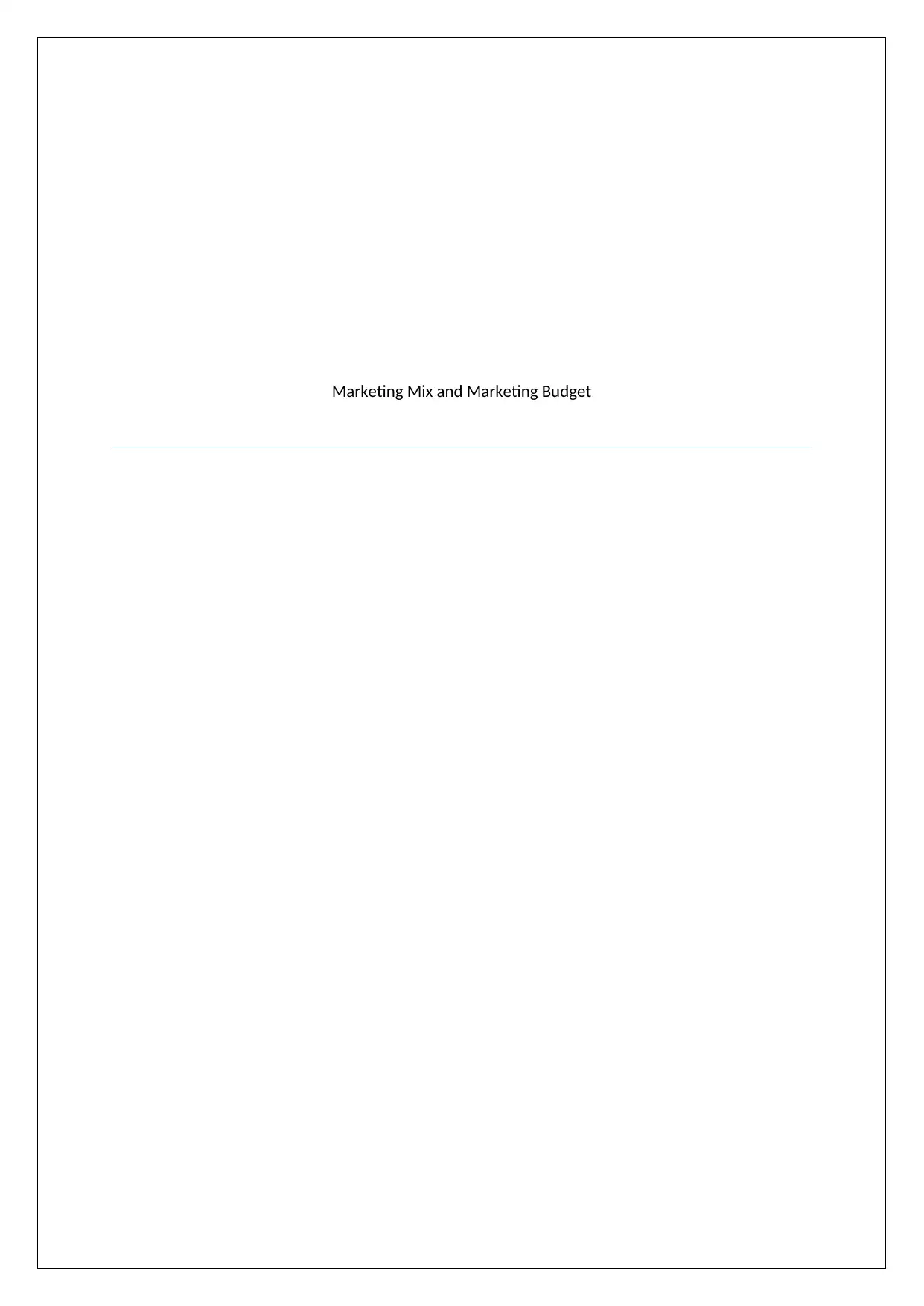
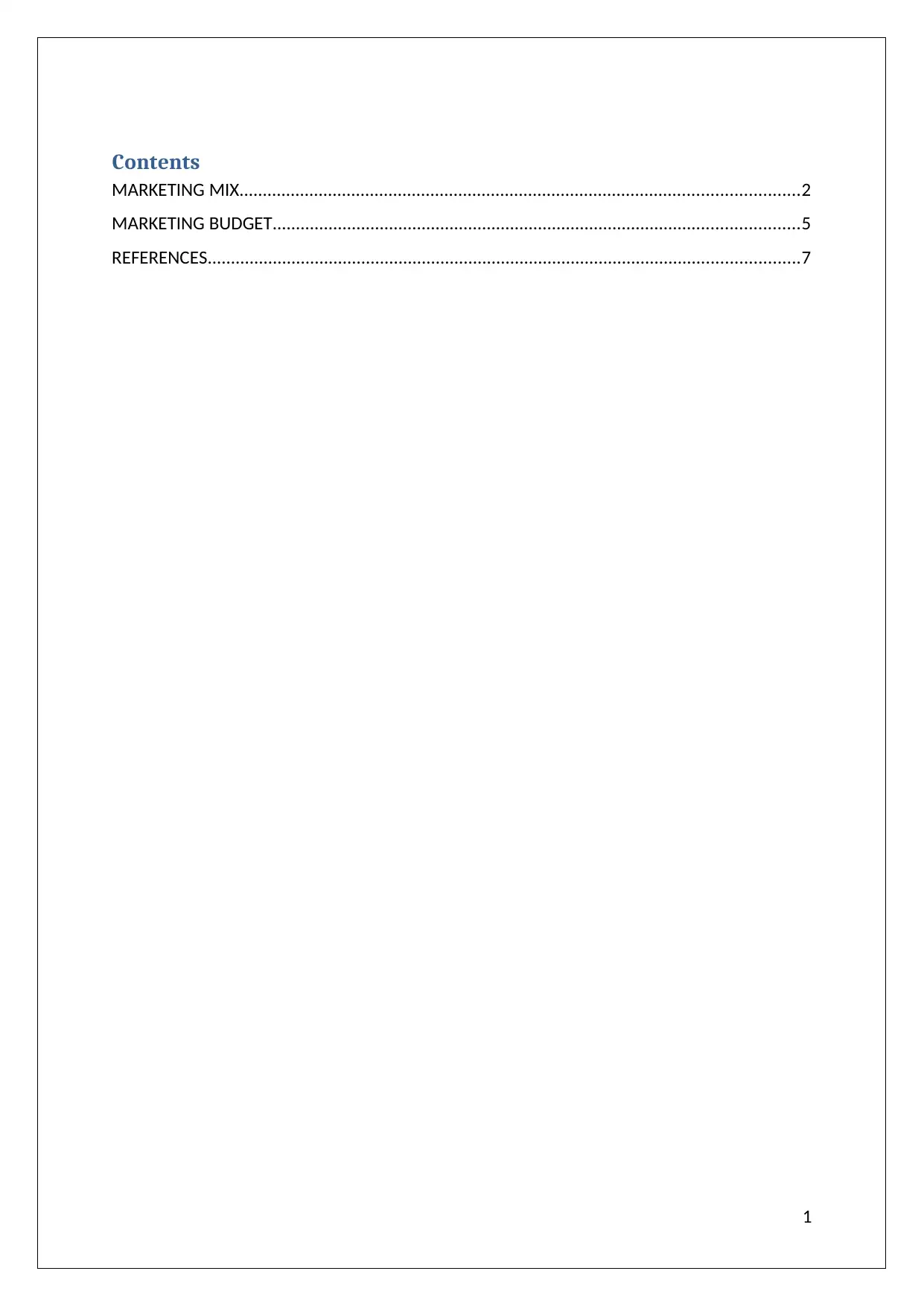
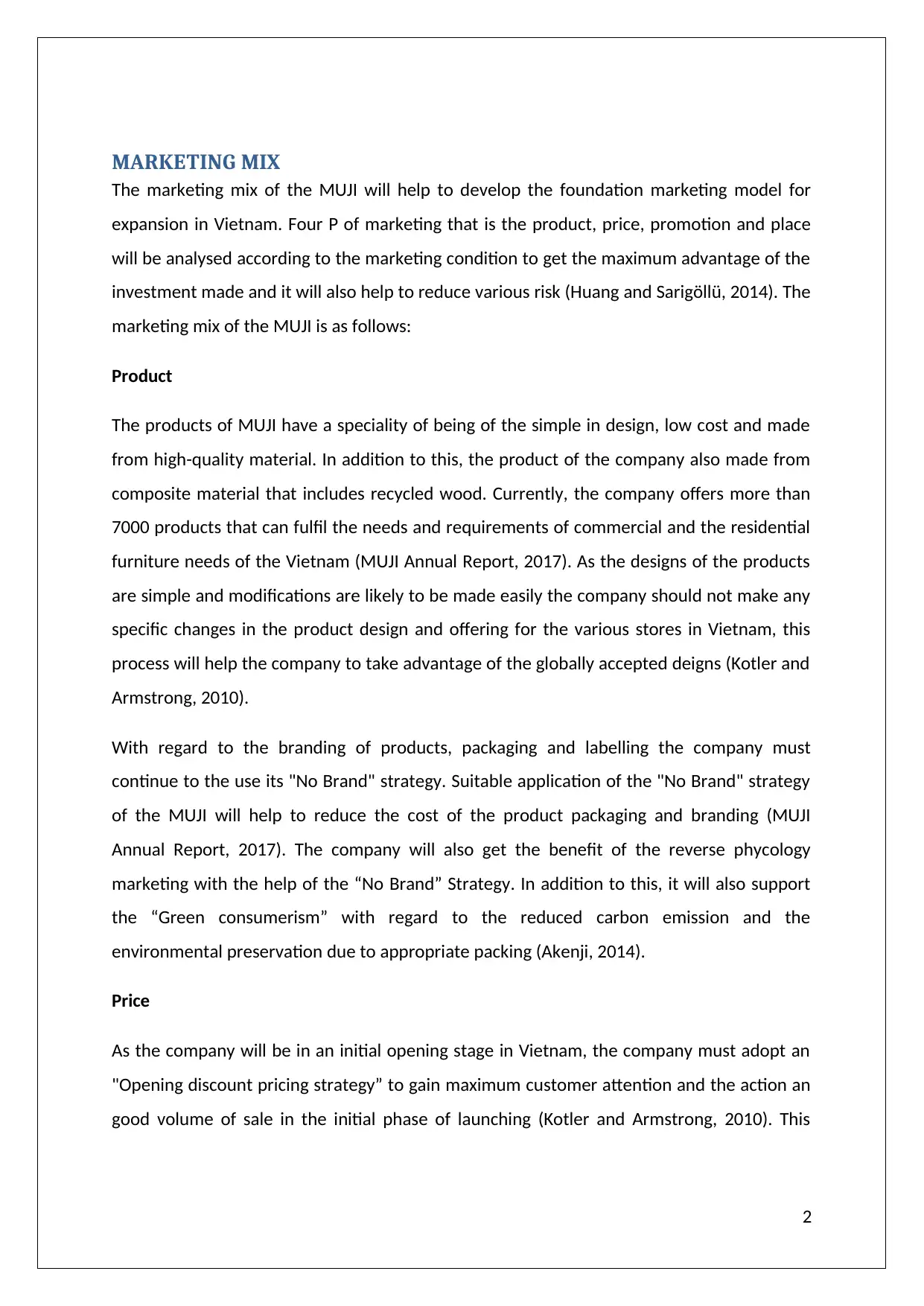
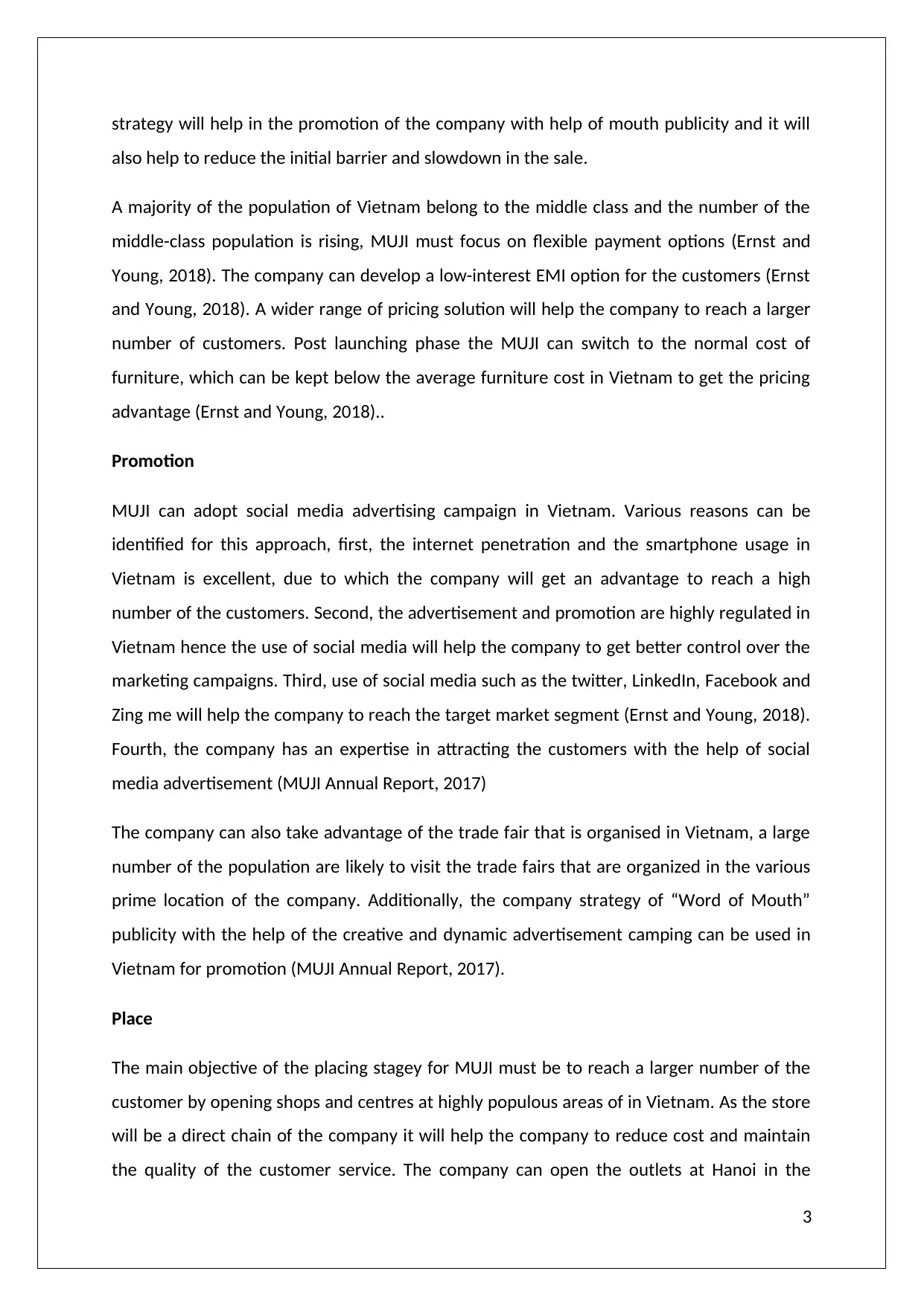
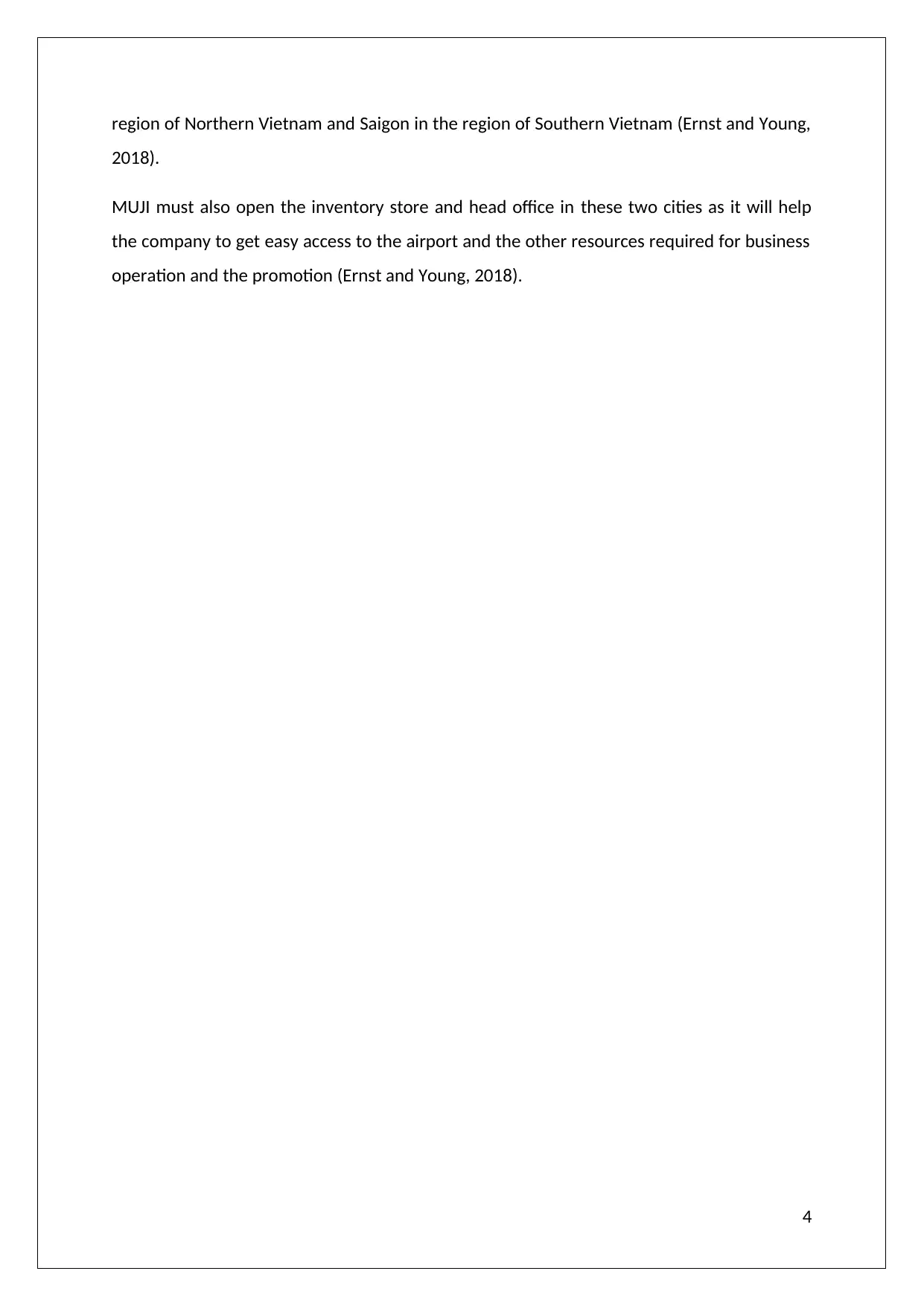
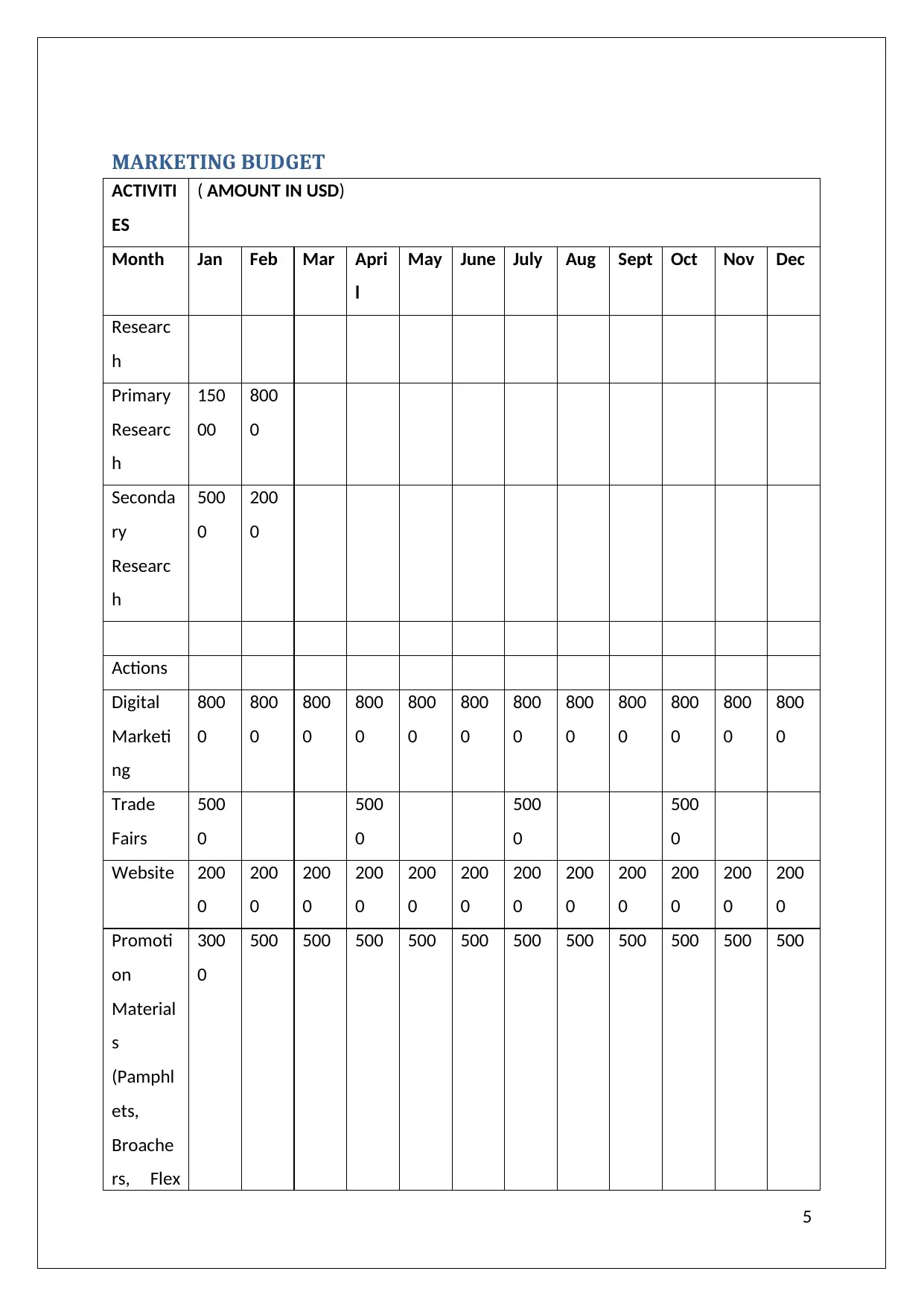
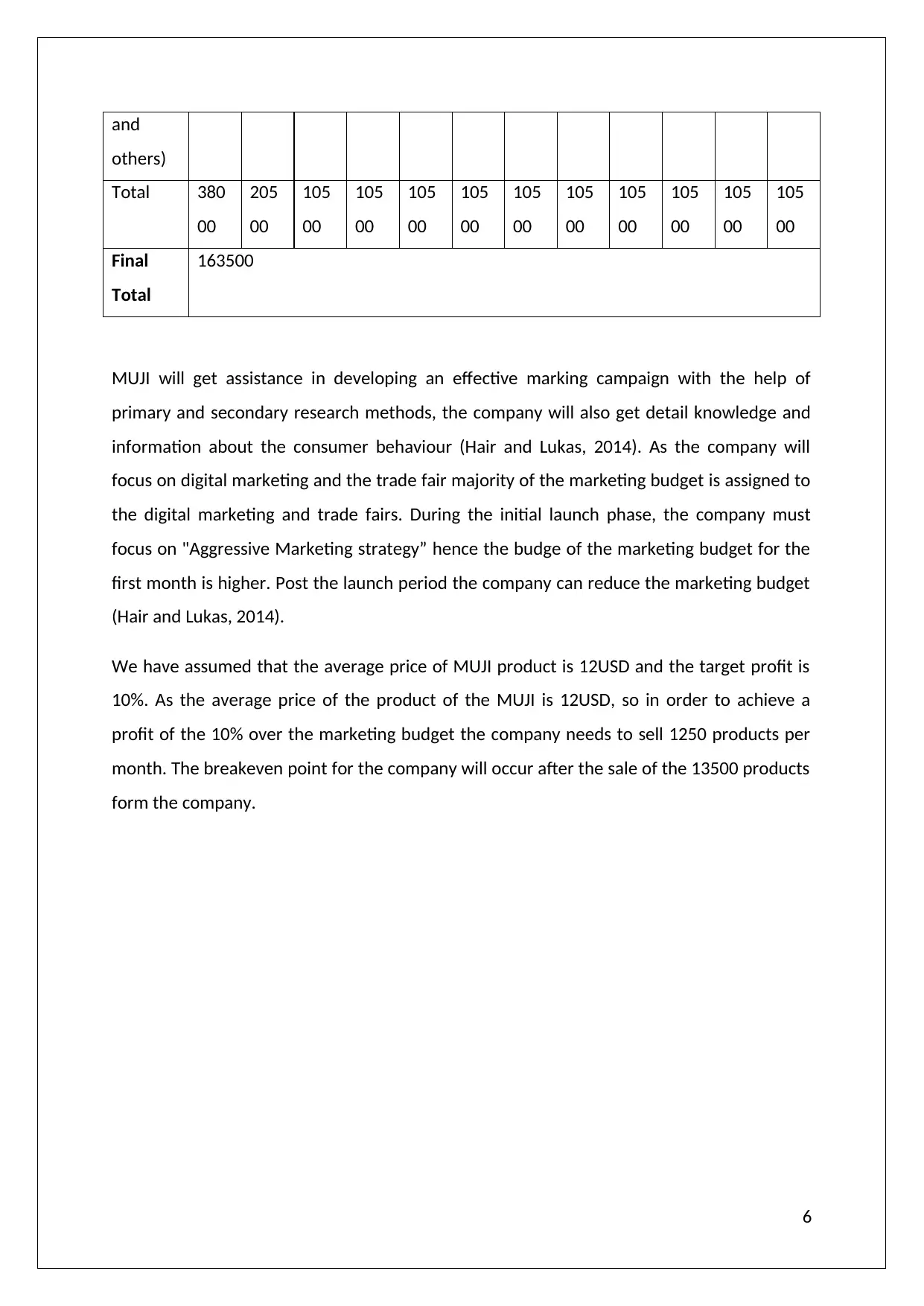
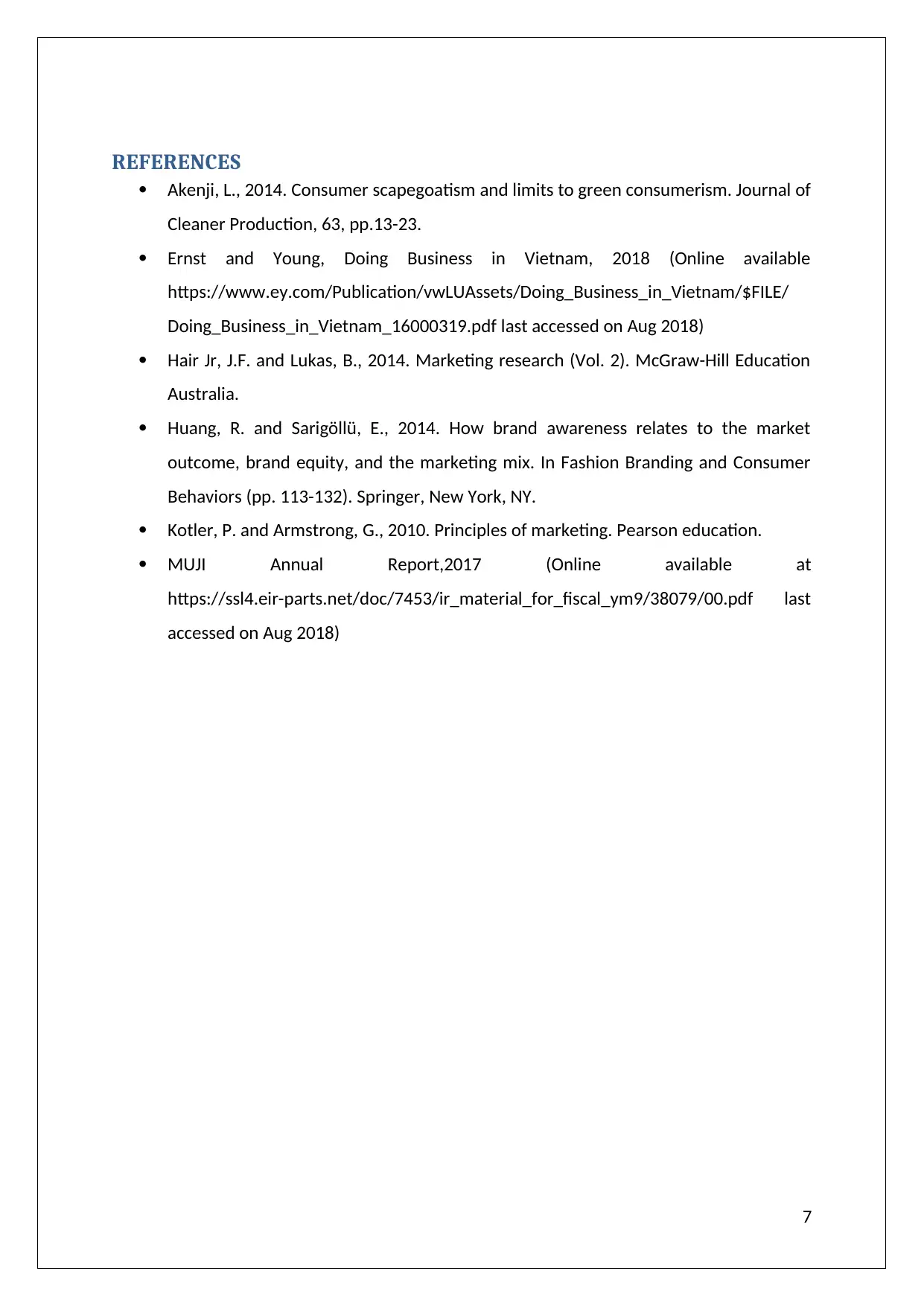






![[object Object]](/_next/static/media/star-bottom.7253800d.svg)